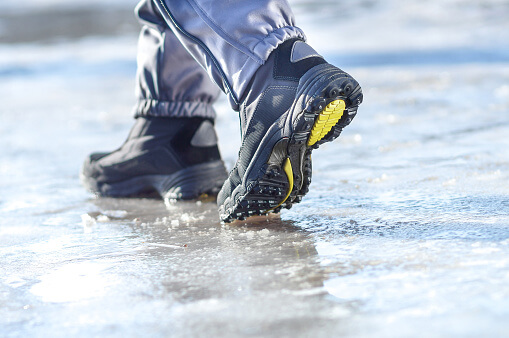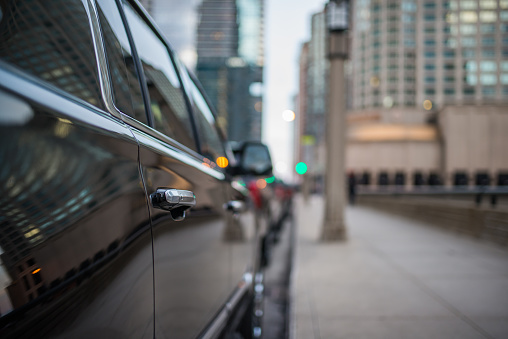While on the job, some hazards are more obvious than others. Heavy machinery and sharp edges are often prioritized as hazards to avoid, but they are far from the only work-related risk, especially during the winter months. Slips, trips, and falls are the second leading cause of death in the workplace and account for over a million hospital visits a year, as well as thousands of debilitating injuries.
This risk increases dramatically during the winter months when snow and ice are present. Some experts have estimated that 80 percent of slips and falls are the result of snow and ice in parking lots and walkways. This is especially relevant to employees and contractors here in Chicago, as the winter here is notorious for its frigid and windy conditions.
For many tradesmen, work doesn’t come with snow days, and it’s critical that these workers and their employers are aware of the risks in these conditions.
Employers should maintain safe conditions
Employers should understand the hazards their employees face on a daily basis and have procedures in place to minimize the risk of slipping, tripping and falling while on the job. This means having ice-melting materials at each entrance and ensuring that areas of foot traffic are clear.
Many injuries happen when employees walk to and from their vehicles in the parking lot or along the sidewalk. However, even after the snow and ice are initially removed, those areas should be monitored for refreezing on a regular basis. When temperatures rise above freezing and then drop back below, melted snow and ice can refreeze and create black ice. This hidden danger is often present in parking lots and walkways and can catch workers off guard, resulting in serious injuries.
For workplaces with company trucks and offsite projects, employees should have extra rock salt and ice-removing tools nearby. Also overlooked are the vehicles themselves, particularly trucks with exposed beds and access steps. Both beds and steps are susceptible to ice buildup and should be dealt with immediately.
Preventing slips, trips and falls
While driving to and from offsite projects or while working outdoors, precipitation and reduced daylight hours can reduce visibility and awareness of falling hazards. Workers should be wary of snow- and ice-covered holes, waterways, and deep snow while at a work site. Covered waterways are especially dangerous, as falling into a body of water in freezing conditions can quickly lead to hypothermia and frostbite. These conditions can result in devastating injuries or loss of life and require immediate medical attention.
OSHA provides their own guidelines for working in winter conditions. They outline everything from driving to dealing with downed trees in these conditions. However, injuries from slipping, tripping, and falling are still commonplace and workers’ rights need to be upheld following such injuries. If your injury happened on the job, you may be eligible for compensation.
At Coplan + Crane, we will fight to hold negligent parties accountable for your injury. Call (708) 866-1043 or toll free at (877) 673-2190. You can also schedule a free case evaluation online.

















